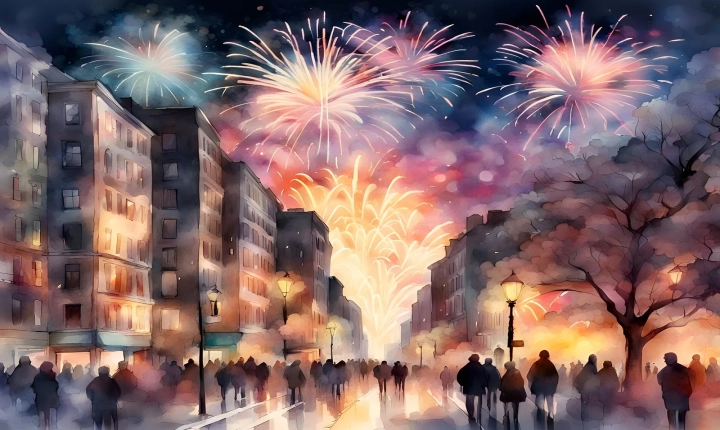Artificial intelligence (AI) has had a profound impact on nearly every aspect of human life, and the art world is no exception. In recent years, there has been a surge in interest and experimentation with AI-generated artwork, raising questions about the nature of creativity and the role of technology in the artistic process.
So, how does AI generate artwork? At its core, AI art creation is a combination of advanced algorithms, machine learning, and massive datasets of existing artwork. One approach involves training an AI model on a large dataset of paintings, photographs, and other visual art forms, and then using this trained model to generate new, original images.
The most widely recognized form of AI-generated art is deep learning-based generation, which involves using a type of neural network known as a Generative Adversarial Network (GAN). This network consists of two main components: a generator and a discriminator. The generator creates new images, while the discriminator evaluates these images and provides feedback to the generator, allowing it to improve over time.
Another method involves using recurrent neural networks (RNNs) to generate art based on a given text input. This approach has been particularly successful in generating poetry and other textual art forms.
While AI-generated artwork has sparked interest and excitement, it has also raised concerns about the potential impact on the traditional art world. Some argue that AI art lacks the emotional depth and intentionality that human artists bring to their work. However, proponents of AI-generated art argue that it opens up new avenues for creativity and expression, and challenges conventional notions of authorship and originality.
One of the major benefits of AI-generated art is its ability to create art at scale and at a much faster pace than human artists. This can lead to a democratization of art, making it more accessible and affordable to wider audiences.
However, the question of ethics and copyright also arises in the context of AI-generated art. Who owns the rights to an artwork created by an AI? Should it be considered as the creation of the programmer, the AI model itself, or both? These are complex legal and philosophical questions that the art world is grappling with.
Despite the controversies and challenges, AI-generated art has already made a significant impact in the art world, with prominent exhibitions featuring AI-generated works and auction houses selling AI-generated art for substantial amounts. As the technology continues to advance, it is likely that AI art will become an integral part of the art world, challenging and expanding our understanding of creativity and the artistic process.
